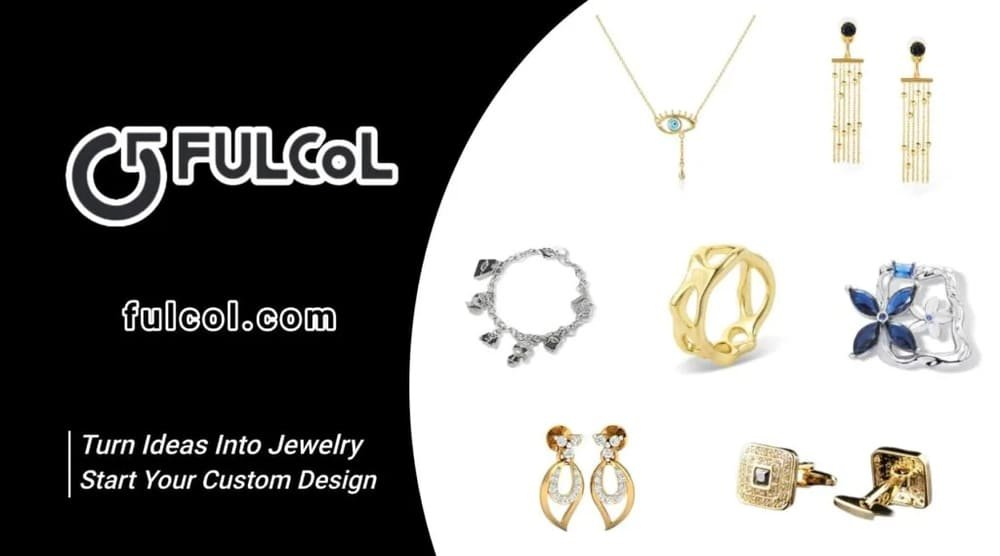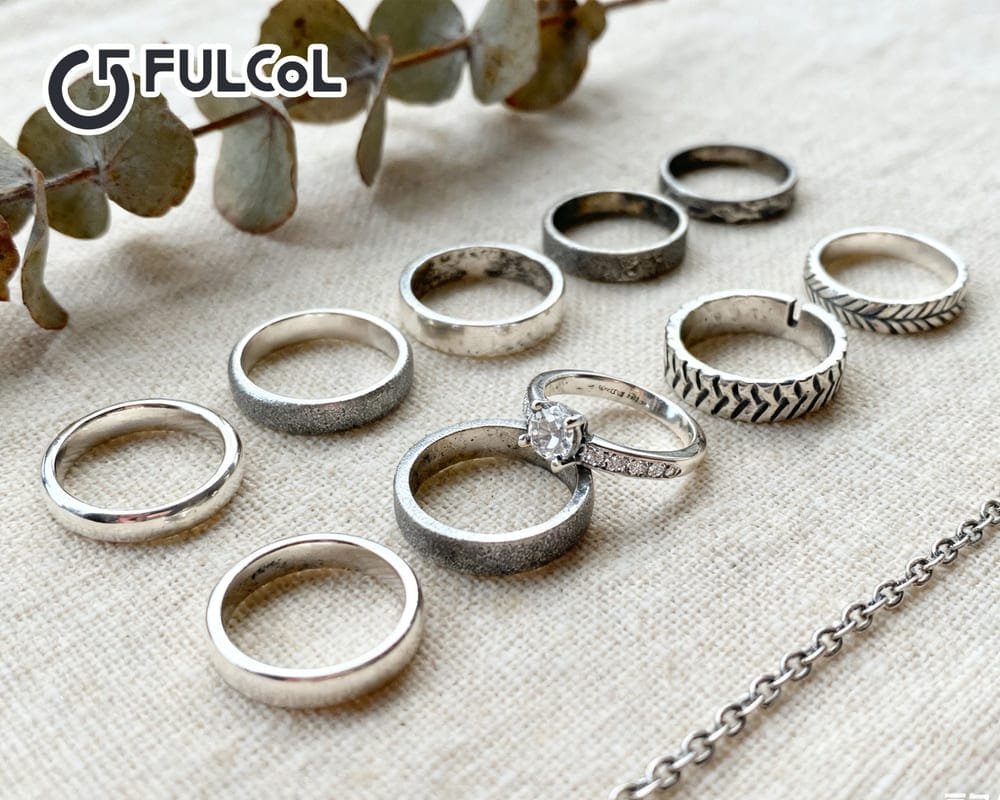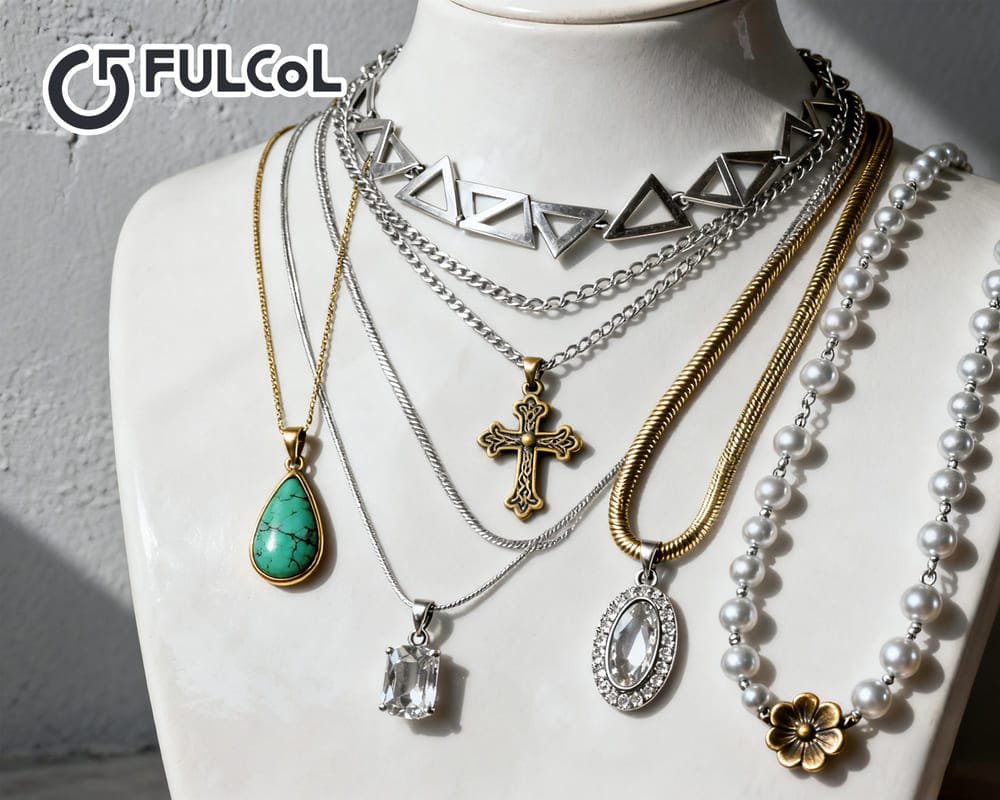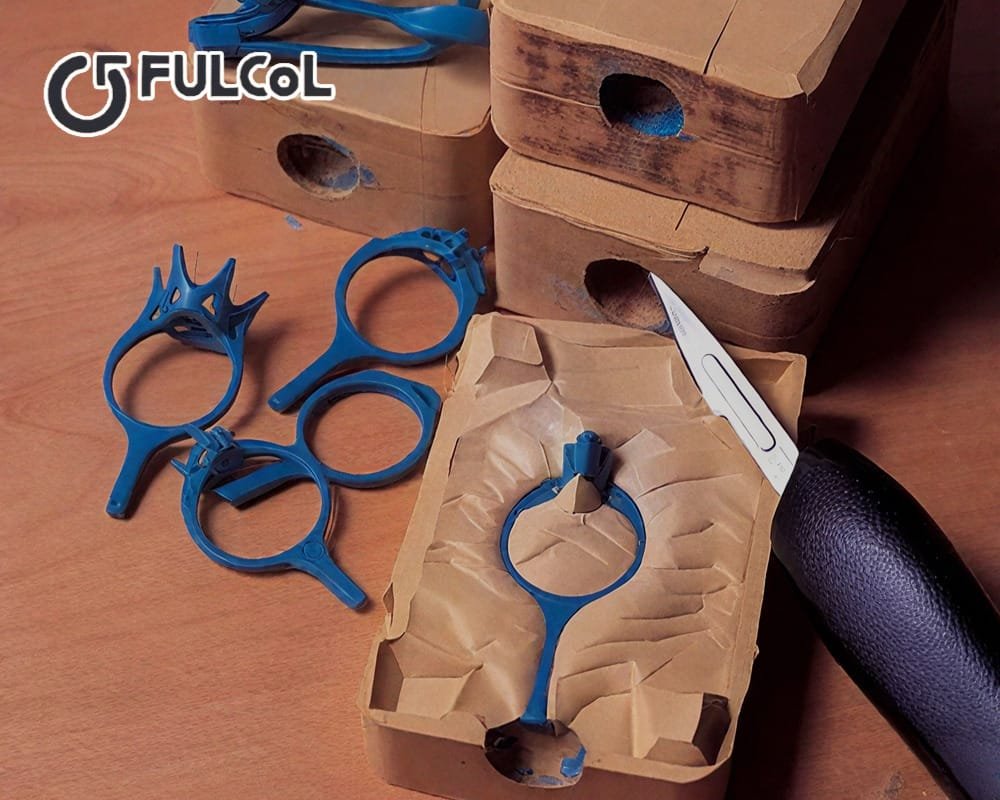Table of contents
Properties of 925 Sterling Silver and Their Impact on Soldering
Within the jewellery manufacturing sector, 925 sterling silver (a silver alloy containing 92.5% silver) ranks among the most commonly employed materials. Composed of 92.5% pure silver and 7.5% copper, this alloy enhances hardness and durability while preserving the lustre and malleability characteristic of silver jewellery, thereby ensuring more reliable soldering operations.
- Melting Point and Thermal Conductivity: Sterling silver has a melting point of approximately 893°C. Its high thermal conductivity means heat disperses rapidly. During soldering, uneven flame heating can easily cause localised overheating or prevent solder flow. Therefore, controlling flame direction, heating speed, and uniformity are crucial for successful soldering.
- Oxidation and Fire Stains: The copper content in the alloy readily oxidises at high temperatures, forming unsightly fire stains that mar the appearance of jewellery. Mitigation methods include thoroughly cleaning silver pieces before soldering, applying appropriate flux, and removing oxidation layers post-soldering through acid pickling or mechanical polishing.
- Ductility and Toughness: Sterling silver (925) exhibits excellent ductility during soldering, resisting fracture even during heating and cooling. For delicate or intricate jewellery structures, careful heat distribution remains essential to prevent localised deformation.
- Solder Selection: Choose solder with varying melting points (hard, medium, easy solder) based on the thickness and structure of the welded area. The solder’s melting point must be lower than the base metal to ensure smooth welding without damaging the piece.
Understanding these silver properties is fundamental for both hobbyists and professional sterling silver manufacturers undertaking soldering work, directly impacting the quality of the finished product.
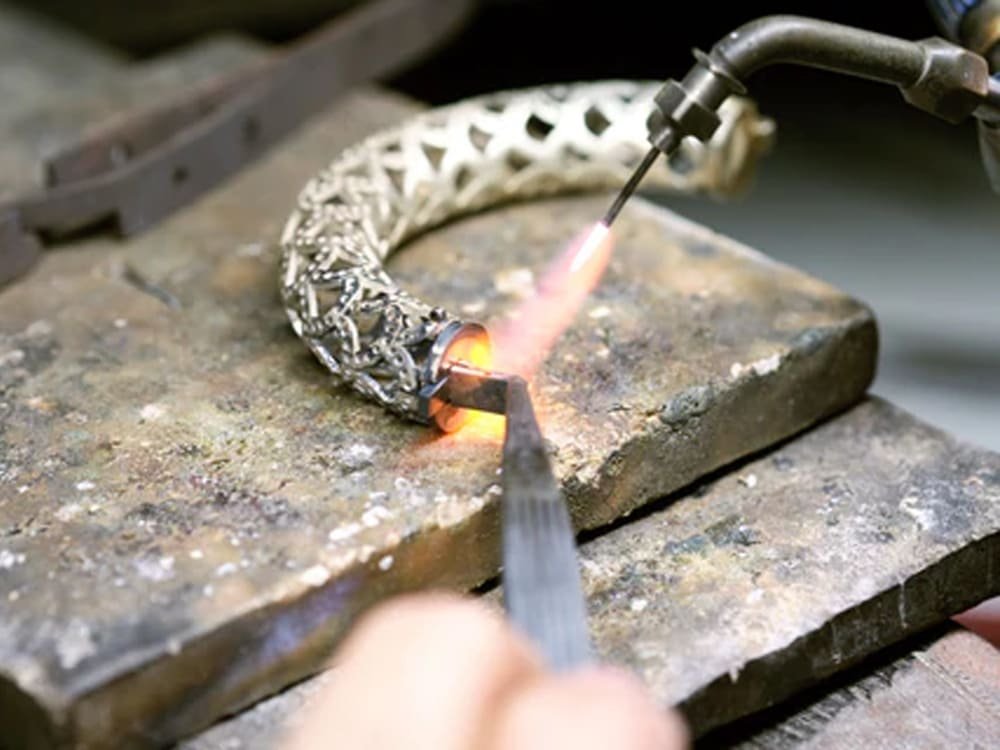
Tools and Materials Required for Silver Jewellery Soldering
High-quality soldering relies not only on technique but also on the correct tools and materials. Key tools include:
Essential Tools
- Small blowtorch or torch: Used to heat the solder joint and precisely control the flame.
- Tweezers and clamps: Secure jewellery pieces to prevent movement during soldering.
- Fireproof brick or soldering bench: Provides a safe, stable working surface.
Solder and Flux
- Solder rod types: Select hard, medium, or easy solder according to requirements.
- Flux: Removes surface oxides and facilitates even solder flow.
Safety Equipment
- Safety goggles: Protect eyes from sparks and intense light.
- Heat-resistant gloves: Prevent burns from high temperatures.
- Extraction or ventilation equipment: Welding fumes contain harmful substances; maintaining airflow is crucial.
Properly configuring tools and materials significantly enhances soldering efficiency and success rates, laying the foundation for subsequent jewellery processing.

Operational Steps for Silver Jewellery Soldering
Soldering silver jewellery is a delicate craft requiring adherence to the following steps:
Cleaning and Pre-Treatment
Employ metal cleaner or pickling solution to remove surface oils and oxidation layers, ensuring full contact between solder and base material.
Flux Application and Rod Placement
Apply flux evenly to the welding area. Position the soldering rod at the joint to facilitate smooth solder flow and gap filling.
Heating and Temperature Control
- Heat the joint with a small torch to the solder’s melting temperature.
- Due to sterling silver’s high thermal conductivity, ensure even heating to prevent localised overheating.
- For intricate structures, employ segmented heating or preheat the entire silver piece.
Post-Soldering Treatment
- Allow the joint to cool to room temperature after soldering.
- Remove oxidation residues using an acid pickling solution.
- Grind and polish the solder joint to achieve a smooth, seamless finish.
Common Issues and Solutions
- Solder fails to flow: Verify adequate flux application and appropriate flame temperature.
- Darkened solder joints: May indicate overheating or oxidation; require acid pickling or localised re-soldering.
- Deformed jewellery: Potentially caused by uneven heating; use fixtures for stabilisation and segmented heating to prevent.
Mastering these operational steps significantly enhances the success rate of silver jewellery soldering, ensuring aesthetically pleasing and durable finished pieces.
Fulcol’s Welding Techniques and Manufacturing Advantages
As a specialist sterling silver manufacturer, Fulcol possesses significant advantages in the field of bespoke silver jewellery welding:
- Manufacturing Experience and Specialist Focus: Fulcol boasts extensive experience within the silver jewellery manufacturing sector, specialising in high-end bespoke silver jewellery production. The factory encompasses the entire process from design, welding, polishing to inspection, ensuring each piece meets exacting precision standards.
- Advanced Welding Equipment: The factory is equipped with precision spray guns, automated welding stations, and temperature control systems. Welding temperature and duration are precisely regulated, ensuring uniform and consistent weld points. Compared to manual welding, automated equipment significantly enhances efficiency and precision.
- Batch Production Stability: Fulcol maintains standardised operating procedures and a comprehensive quality management system. This ensures consistent and aesthetically pleasing welds, even for complex structures or minute components.
- Experience and Prototyping Capabilities: With years of manufacturing expertise, Fulcol delivers rapid prototyping—typically completed within one week—enabling swift design validation and refinement for clients.
- Case Studies: In bespoke silver ring production, intricate openwork designs achieve secure welds without scorch marks through segmented welding and precision fixture clamping. For custom necklaces, low-melting-point solder is employed for precise chain-to-pendant connections, preserving jewellery flexibility while ensuring aesthetic appeal.
Fulcol’s craftsmanship and expertise demonstrate how a professional sterling silver manufacturer can realise creative designs with exceptional quality.
Fulcol’s Bespoke Services and Global Partnerships
Fulcol delivers not only exceptional craftsmanship but also comprehensive bespoke services:
- Meeting Individual Requirements: Addressing diverse design demands for sterling silver custom jewellery, Fulcol handles orders ranging from single-piece prototyping to small-batch production, flexibly accommodating client specifications.
- Rapid Prototyping and Production: Utilising advanced equipment and standardised processes, Fulcol completes prototyping within approximately 7–15 days, enabling swift design validation and adjustments.
- Global Client Partnerships: Fulcol maintains long-term collaborations with international brands, delivering end-to-end services from design through soldering to polishing. Clients across all markets receive professional, efficient production support.
- Collaboration Advantages: Partnering with Fulcol grants clients not only high-quality silver jewellery but also access to the manufacturer’s technical expertise and experience. This reduces production risks, enhances finished product consistency, and safeguards the establishment of a premium brand image.
| Start Your Custom Order | Email: info@fulcol.com | Number: +86 13055603907 |
Soldering sterling silver custom jewelry combines skill, precision, and understanding of the material. Partnering with a professional sterling silver manufacturer like Fulcol ensures high-quality results, rapid prototyping, and expert guidance. Whether for personal projects or custom production, these practices help bring silver jewelry designs to life with elegance and reliability.
